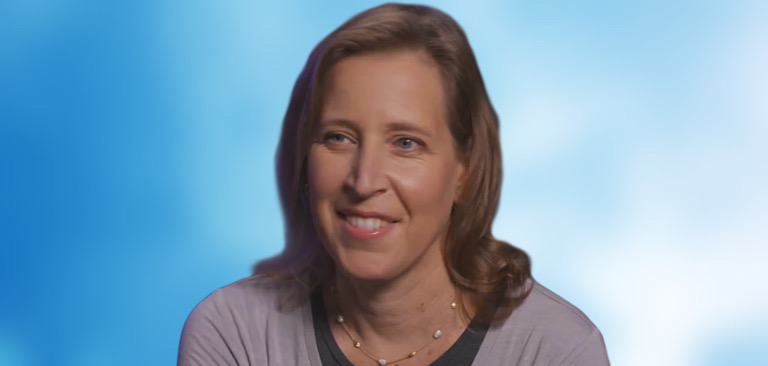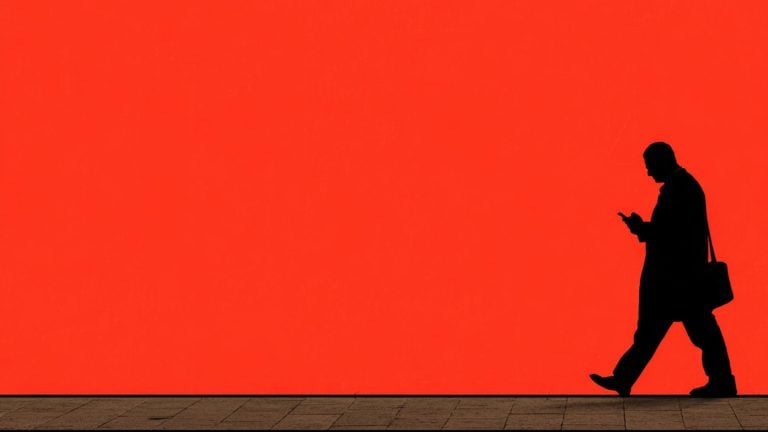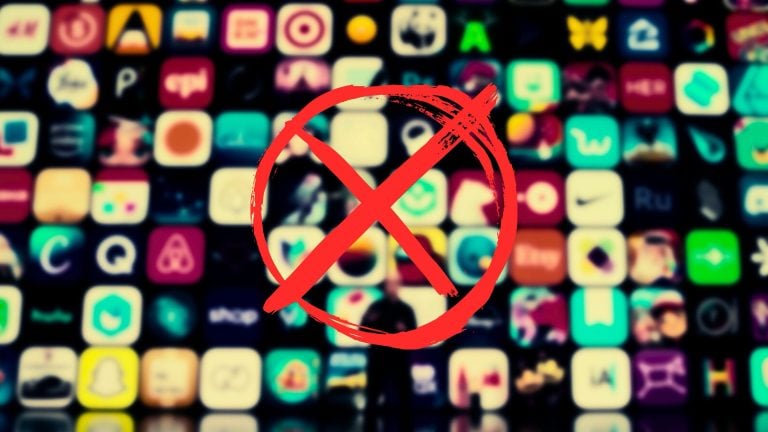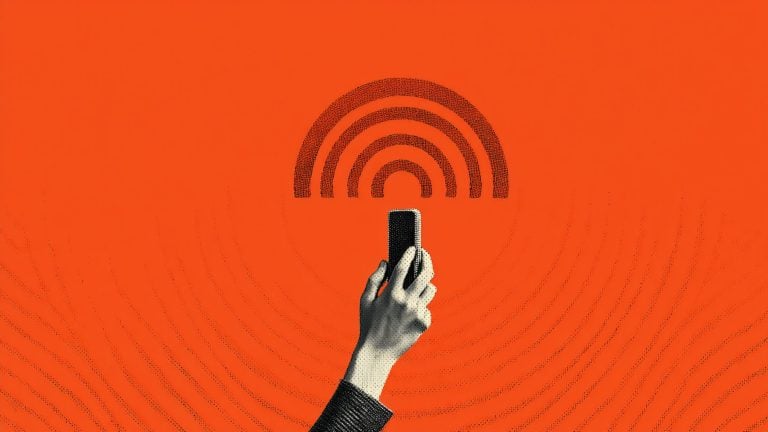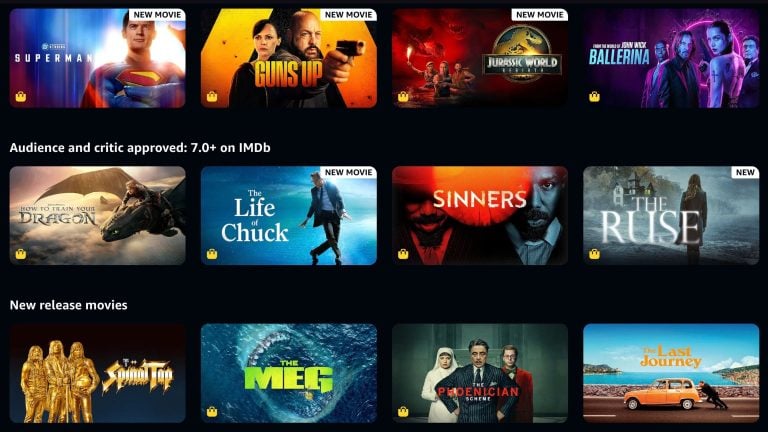YouTube’s controversial “hate speech” and “harassment” rules have greatly restricted what users are allowed to say on the platform by dishing out harsh punishments for jokes, criticism, and other types of language that YouTube decides has gone “too far.”
At the same time, YouTube’s algorithmic and home page changes have significantly elevated mainstream media outlets and artificially given them billions of additional views on the platform.
Last year, YouTube confirmed that these strict hate speech and harassment rules would apply to everyone including public officials.
Now YouTube CEO Susan Wojcicki has revealed that if a politician gets their video taken down for containing hate speech, the mainstream media is allowed to reupload the clip because they provide “context,” creating a situation where the original statements from a politician are no longer available and mainstream media outlets are the only source of that statement.
Wojcicki made the comments during an interview with The Washington Post when she was asked whether YouTube would remove President Trump’s videos if they contained statements that were similar to those made in his tweet that was censored by Twitter last month.
The YouTube CEO said that while it’s difficult to comment on theoretical situations, if an elected official posts “content that is hateful or promotes violence in some way,” it would be removed.
Wojcicki added that news organizations will often reupload content from elected officials and said their videos would be allowed to stay up because they provide context such as historical commentary.
The Post then pressed Wojcicki for more specifics and she admitted that YouTube would remove the statement from the elected official and only allow the media’s interpretation and presentation of it to remain:
“If a video was uploaded by a politician, any elected official, and it had something that crossed our line with regards to hate speech or violence, inciting violence, we would remove that content.
But you, Washington Post, would probably cover it and you may have a clip that we removed but because you’re providing commentary we would not remove the Washington Post version of it.
So that would still be there and users would still have the information about what’s happening in our society but the actual clip coming directly from that politician would not be accessible anymore.”
Click here to display content from YouTube.
Learn more in YouTube’s privacy policy.
If YouTube were to enforce its policies in this way against politicians, it would mean that the unfiltered statements from the elected official would be censored while the media would be free to selectively edit the statements and present clips of the statements in a way that fits a preferred narrative or version of events.
Viewers would be unable to compare the mainstream media’s edited version of a politician’s statements with the full, uncensored clip because the media outlets would be the only ones allowed to post these clips.
Wojcicki’s comments are the latest of many that have highlighted just how much preferential treatment YouTube gives to mainstream outlets on the basis of “context.”
Last month, Wojcicki admitted that media coverage influences which censored videos get reinstated and said that if a news organization covers something that was previously removed by YouTube, it could then be reinstated because “it’s got context and there’s news associated with it.”
And in April, YouTube’s Chief Product Officer Neal Mohan said that YouTube creators “espousing” opinions “in their basement” can’t provide context on the news but “authoritative” mainstream media outlets will be boosted in the algorithm because they can.

